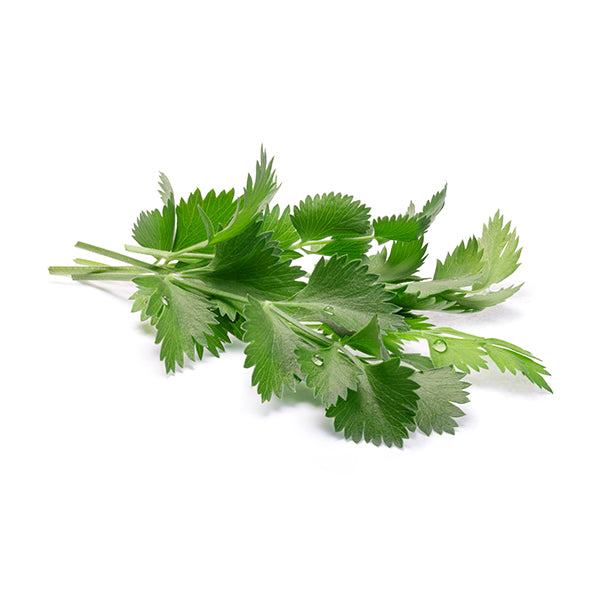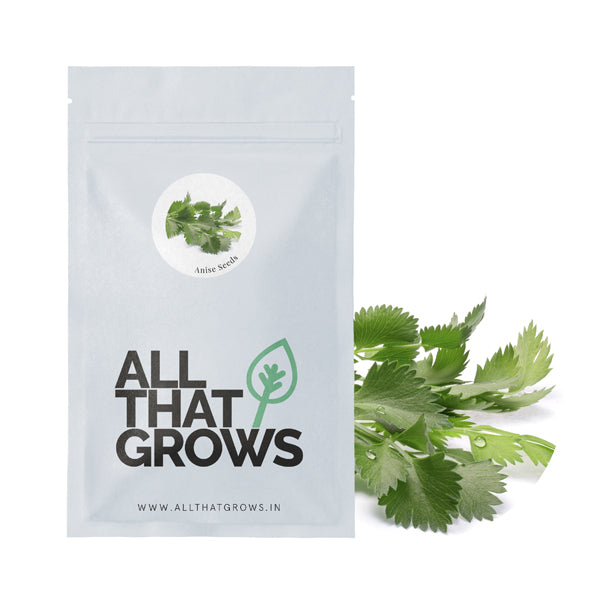



- SOWING
TIMEMarch to May
- Sowing
DistancePlant to plant - 6 to 8 inches, Row to row - 15 to 18 inches
- Fruit
WeightN/A
- Fruit
ShapeN/A
- Days to
maturity100 to 120 days
- Details
- How to sow
- Reviews
Anise is a warm-season annual herb that belongs to the Apiaceae or carrot family. Anise has a prominently sweet taste and flavour and is extensively used in cooking and baking. The green bushy plant of anise herb grows up to 20 to 25 inches in height with both rounded and elongated leaves. The frilly anise blooms are yellow and white in colour that appears on top of stalks. Leaves, seeds and flowers all can be used to flavour savoury and sweet recipes.
Planting instructions
The best time to plant anise is spring or early summer so that the plant can have at least two months of warm soil to grow well. Sow anise seeds at a depth of ¼ inch, in rich loamy soil located in full sun. Under ideal growing conditions, the seeds will germinate in about 15 to 20 days. Anise seedlings do not respond well to being transplanted. Hence it is recommended to establish seedlings in the final growing location. Anise will grow well in containers that are at least 10 inches in depth.
Growing Requirements
pests & diseases
Anise is one of those super plants that repel pests and save other plants as well. It has no major pest or disease problems. However, aphids may attack and can be kept in check with regular plant inspection. Do not let anise plants sit in wet soil or they may develop root rot.
soil
Grow anise seeds in rich loamy soil with a pH ranging between 6.0 to 6.7.
spot
Anise thrives in full sun.
temperature
The ideal soil temperature for germination ranges between 21 to 24℃.
watering
Anise likes partially wet and warm soil and will start to wilt in soil that is too wet. Hence, it is recommended to water the soil only when it feels dry on the touch.
how to harvest
Anise leaves can be harvested in about 100 to 120 days from planting. Snip fresh leaves as required for better flavours.

Customer Reviews
The productiveness of any seed we sell is subject to your local climatic conditions*, the sowing method you adopt, and your commitment to the planting process. We give no warranty, expressed or implied, and are in no way responsible for the produce.
Please note that all our seasonal recommendations/ sowing information is as per the local climatic conditions. *For more information on the optimum conditions required for growing seeds in your region, please contact us at, hello@allthatgrows.in or Whatsapp us at, +91 8544865077
Questions & Answers
Have a Question?
Be the first to ask a question about this.


 Sign In
Sign In









